One humid summer morning nearly 20 years ago I found myself on my knees in the attic of a Hungarian apartment house, my hands deep inside a sooty old flue, groping blindly for lost treasure.
This was not the sort of experience you expect to have if you grow up in the Bronx or go to college in Montana, as I did. But life happens. In my case, life meant returning to the East Coast, marrying the daughter of two Holocaust survivors, starting a family and then, in 1995, traveling to Europe with my in-laws, along with my wife’s Aunt Margaret and our two young daughters. The main purpose of the trip was to see post-communist Budapest and to visit various cities and towns where my wife’s relatives lived before the Nazis deported nearly all Hungarian Jews in 1944. But another goal was to search for a long-lost relative, and for some family jewelry that was supposedly hidden away just before the deportations began.
Hungary is not a particularly big place. Though we Americans still think of it in Cold War terms as part of Eastern Europe, it is actually situated, as my mother-in-law used to indignantly declare, in “the heart of Europe” – an oval-shaped nation just a smidge bigger than Indiana and about as geographically interesting. Budapest sits in the center, so I suppose you could call it the heart of the heart of Europe. Our route took us in a counterclockwise circle through the eastern half of the country, starting and ending in Budapest.
In those early years after the Iron Curtain fell, a modern highway extended south only a short distance from the capital. Then there was nothing but two-lane road, with traffic slowed by a considerable number of horse-drawn carts, available for a couple of hours’ drive to a small place called Baja (BAHY-ah). At the start of 1944, my wife’s uncle – her mother’s brother – was a rabbi in the temple there. He was deported in April, just weeks after the Nazis deposed Hungary’s insufficiently anti-Semitic government, and ended up in Bergen-Belsen, where he was beaten to death by German guards. (Today, coincidentally, marks the 69th anniversary of Bergen-Belsen’s liberation.) The rest of the family scattered, with the rabbi’s wife taking their daughter, not quite 5 years old, to her family home in the country’s north, and my mother-in-law and her mother going to their native village in the east, not far from the Soviet border.
A remnant Jewish community returned to Baja after the war but drifted away in the decades that followed. By 1995 the Baja synagogue had been converted to a library. Its heritage was carefully preserved, however. Inside you could still see the art and architecture of a house of worship. A locked cabinet held the prayer books that might have been used by congregants when my wife’s uncle led Sabbath and holiday services. A staff member unlocked the cabinet, and my wife, her mother and her aunt lingered over the books, opening many in a vain search for an inscription that might link the past to the present.
The next stop was the comparatively large city of Szeged (SEH-ged), near Serbia, where some of my wife’s surviving relatives settled during the communist era. The easternmost leg of the trip brought us to Debrecen (DEHB-reh-tzen), where Margaret had managed to earn a doctorate in science even though she was both a Jew and a woman in fascist Hungary, and to the little farm villages where my wife’s parents were born. My mother-in-law’s childhood home had long since been occupied by local peasants. They were using it as a chicken coop when we visited.
Our last stop before returning to the capital was the northern city of Miskolc (MISH-koltz), near the Slovak border. This was where the slain rabbi’s wife had taken their daughter, together with a housekeeper and the rumored cache of jewelry. This was where the rabbi’s widow was known to have been loaded onto a train bound for Auschwitz when the mass deportations commenced in June 1944. This was where the answers to a half-century of questions might lie, if there were any to be found.
My in-laws had tried over the years to locate my wife’s lost cousin, the rabbi’s daughter. A child her age had almost no chance of surviving a day at Auschwitz; she would have been selected for the gas chambers upon disembarking from the transport train. Yet someone might have taken in the child, or hidden her, prior to the deportations. My wife’s parents had placed advertisements in newspapers and hired a local woman to try to track down the answers over the years, but with no results. All we had when we arrived in Miskolc was the address of the family home of the rabbi’s wife. So that’s where we went.
The once stately upper-middle-class house had been divided into wretched apartments during the communist era. When we arrived, five years after the fall of the Iron Curtain, two enterprising young men had acquired it and were making renovations, though several families still lived there. The young men, working on the house that day, were friendly and wanted to help after my in-laws told them their story. They took us around the grounds, paying particular attention to a rock wall that held promising crevices. I was sure those crevices had been explored many times in the past 50 years. They held nothing.
Inside, the owners took us through several apartments, explaining to tenants that these were people who once lived here and wanted to look around. The tenants offered no objection. There was nothing to see. Finally, one of the owners suggested we go up a set of rickety stairs to explore the attic. I volunteered.
There was very little up there except an old flue with a metal door that could be opened as some sort of vent (though I don’t know why anyone would vent a stovepipe into an attic). We opened it; I knelt and shoved my hands as far up and down the pipe as I could reach. Nothing.
We thanked the young men and left. A short drive away we went to a community center that held records compiled by local citizens after the war. The few Jews who had returned from Auschwitz had provided the names of all the local citizens they recognized while aboard the German transport trains. There, in a neatly printed list, my in-laws found inscribed the names of the rabbi’s widow and their daughter. Both had perished at the concentration camp. We had found no jewelry, but we had found an answer.
An hour later I was sitting at a table at a McDonald’s restaurant, with my younger daughter - not quite 5 - and her grandfather. My little girl, the same age as the rabbi’s lost child, placidly munched her fries, safe in a place and time where the adults who loved her could protect her. Only 50 years separated my daughter from her second cousin, the unfortunate daughter of the Baja rabbi and his wife.
Lost treasure is very much in the news these days. Last week, German authorities reached an agreement with Cornelius Gurlitt to return more than 1,200 art objects that Gurlitt mostly inherited from his father, a Nazi-era dealer who trafficked in looted valuables. Art historians will be given a year to determine the provenance of Gurlitt’s stash. Gurlitt has agreed to surrender items that can be demonstrably proven to have been stolen during that time. After a year, he can keep whatever is left.
Much is made of the monetary value, estimated to be well over $1 billion, of Gurlitt’s stash. There has been a lot of attention paid to Germany’s 30-year statute of limitations, which strengthened Gurlitt’s claim to the artworks and helped lead to the limited period in which to consider potential restitution.
But my morning as a monuments man, dedicated to the recovery of lost treasure, showed me that the controversy over restitution is not mainly about money. It is mostly about surviving family members who, like my wife and her parents and her aunt, want to hold the items their lost relatives once held, to link the past to the present.





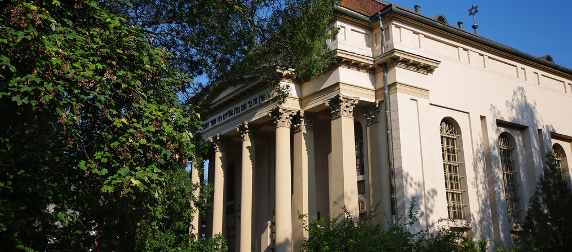

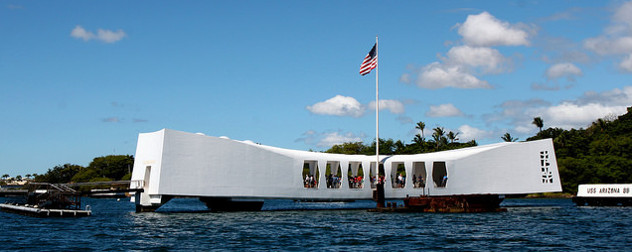
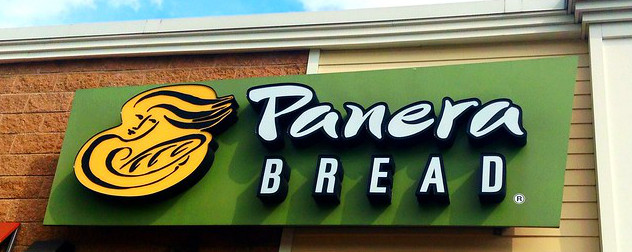
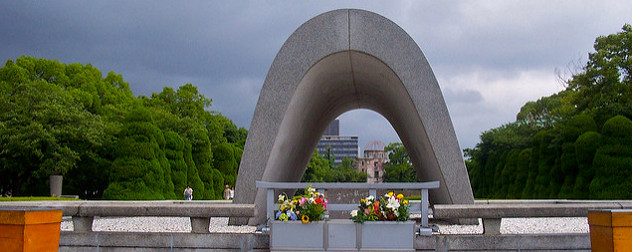
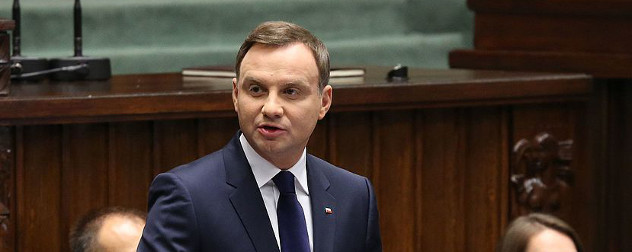



April 21, 2014 - 11:50 am
You write beautifully. Further to your reference to Monuments Men, you may be interested to see what Rafael Medoff writes about Roosevelt. If only Roosevelt and his cronies had been as interested in saving Jews as they were in saving art.
http://wymaninstitute.org/